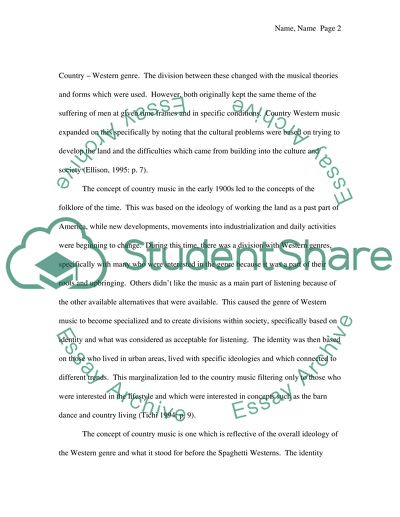Cite this document
(“Spaghetti Western and the role of music in the revival of the western Essay”, n.d.)
Retrieved from https://studentshare.org/music/1421810-spaghetti-western-and-the-role-of-music-in-the
Retrieved from https://studentshare.org/music/1421810-spaghetti-western-and-the-role-of-music-in-the
(Spaghetti Western and the Role of Music in the Revival of the Western Essay)
https://studentshare.org/music/1421810-spaghetti-western-and-the-role-of-music-in-the.
https://studentshare.org/music/1421810-spaghetti-western-and-the-role-of-music-in-the.
“Spaghetti Western and the Role of Music in the Revival of the Western Essay”, n.d. https://studentshare.org/music/1421810-spaghetti-western-and-the-role-of-music-in-the.


